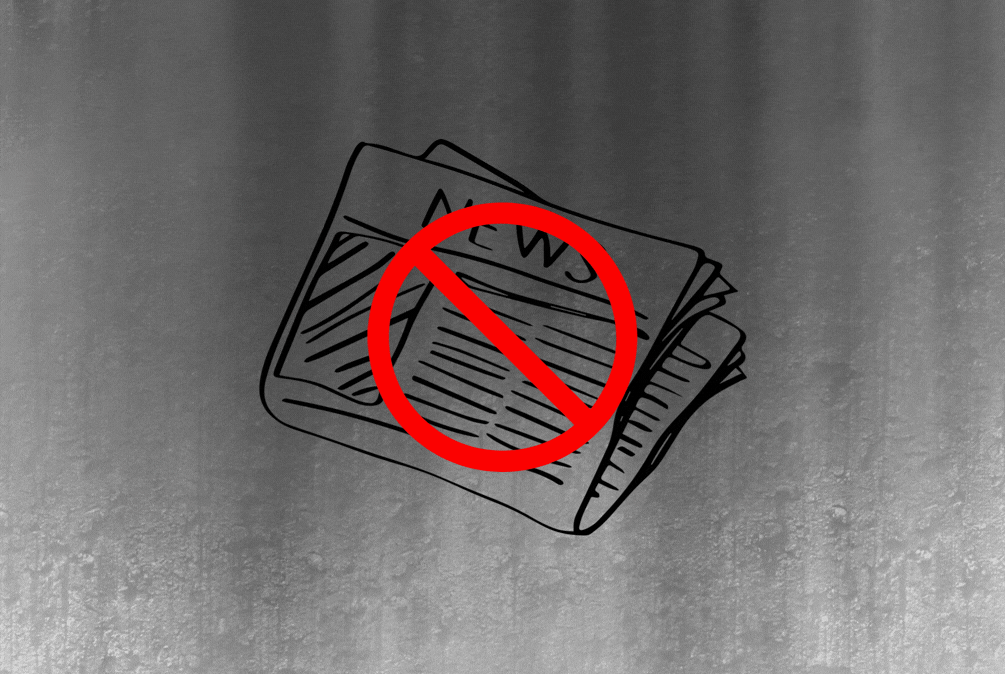By John Brittas
During the election season, the ruling party’s boastful “chaar sau paar” slogan was met with a reality check: Indian democracy is far from dead. However, the ruling government has resorted to more insidious methods instead of introspection. The Broadcasting Services Regulation Bill is a clear attempt to stifle digital news curation and OTT media.
Reportedly, a revised draft of the Bill has been quietly circulated among select industry insiders, reminiscent of Bangladesh’s draconian ‘Digital Security Act,’ which sanctions arrests of so-called offenders without a warrant.
The principle behind the Bill
The Broadcasting Bill seeks to regulate OTT and social media content, such as YouTube, through vague definitions. Unlike traditional TV, these platforms operate on a “pull demand” mechanism, where viewers actively choose content to watch on their personal devices in their private spaces. In the Kamlesh Vaswani vs Union of India case, the Court refrained from banning pornography viewing, arguing that it would amount to “moral policing of what goes on in one’s bedroom,” violating the fundamental right to personal liberty. Similarly, this Bill is unlikely to withstand judicial scrutiny.
The scope of control and its impracticality
The Bill’s definitions of “broadcasters” are so broad that they could include everyone — from the prime minister with 100 million X followers to individual YouTubers like Dhruv Rathee. It also encompasses non-citizens involved in curating news or digital content. Once they reach a certain undisclosed threshold of viewership, all such broadcasters are required to notify the Central government.
The big question is: how does the government plan to enforce these registration norms, especially for non-citizens? The Bill mandates that OTT platforms must comply with the programme and advertising codes notified by the Centre. Ironically, the same content could be available on other intermediary platforms and websites, which are not subject to these codes.
This story was originally published in thewire.in. Read the full story here.






